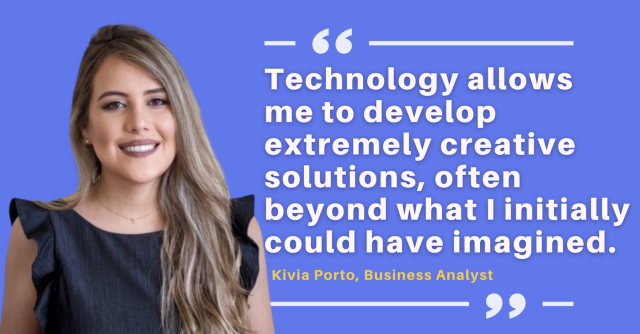We sat down with the CEO of Companjon Matthias Naumann to discuss next level data usage and security, and what this means for customer experience.
Hi Matthias, could you explain how Companjon uses technology to leverage third-party data?
Firstly, the most important factors are that we are GDPR compliant, that we obtain consent via a clear, affirmative action and that our security infrastructure is the best and safest solution in the space. On the marketing side this means giving our customers control of their data and privacy. We strive to be transparent with how customers’ data is being used, giving them the freedom to opt in, allowing to withdraw consent with ease and protecting their data with utmost security. On the security and data handling side, we partner with some of the best third-party data providers – one being a top cybersecurity firm that allows us to scale and give access to the latest set-ups, something many tech, and traditional carriers are lagging behind on.
Secondly, our technology structure enables us to successfully pivot and use technological advancements or insurtech 2.0. Currently, we leverage a platform that is very successful in the APAC market, 100% cloud-based, capable of processing 32,000 policies per second, flexible product design and development. These capabilities allow for real time claims analytics, route data usage and full end-to-end digitization, completely unique to the insurance landscape especially traditional carriers. With this we have on demand exposure and insights that allow is to perform faster, more agile and can create more lifestyle products for customer and client needs almost instantly.
So how does this create a more meaningful experience for customers?
Based on different clients’ needs, we develop add-on insurance solutions to create more meaningful and better experiences for their customers. Like previously mentioned, the capabilities allow us to control full end-to-end digitalization, from product design and development, dynamic pricing, automated claims process and instant payouts. This creates a hassle-free, seamless journey for the end users as no manual effort or paper handling is required from them. Everything is 100% digital and automated.
You mentioned ‘insurtech 2.0’, could you briefly explain this concept and give an example scenario?
We covered a whole whitepaper on insurtech 2.0 and how it is transforming how people view and experience insurance. Simply put, insurtech 2.0 brings a new decade of digitization to insurance, something much greater than just what we’re seeing today. This is reinventing insurance product design that is more tailored to peoples’ lifestyles, full end-to-end digital experiences, and automated no-human-touch claims experience.
For example, take a flight delay compensation that pays out a predetermined monetary amount for every 30 minutes of delay. Flight delay data is publicly available by third parties and can be easily integrated into an insurance product to trigger compensation to a customer’s bank account. The insurer no longer requires the customer to prove his or her right to claim, it already knows that a claim is owed and pays it out automatically without any effort required by the customer.
How does insurtech 2.0 benefit the client or provider?
This allows us to offer consumers the right type of insurance. Data gives us insight into customer journeys where we can personalize and tailor offerings to meet their expectations. Ultimately for the client, this will increase conversions to more returning customers – generating revenue. It also strengthens the interaction between their platform and their customers, improve engagement and customer loyalty.
Let’s touch on security, what systems or measures does Companjon have in place when it comes to data handling?
Companjon’s future proof cybersecurity posture is way ahead than the average of the finance and insurance industry - this is something we are very proud of and invest a significant amount in. With our world leading cybersecurity partners, our technical security set-up auto scales as the business grows and we have implemented Zero Trust (never trust, always verify) alongside recommendations of the National Institute of Standards and Technology, USA, whilst others talk about it versus actually implementing it.
And to keep on top of high security measures and data protection, we have implemented tokenization, something only a tiny percentage of insurers and finance providers have in place. It reduces risk from data breaches, helps foster trust with customers and drives technology behind popular payment services like mobile wallets. With hackers targeting insecure systems that hold precious data, consumers want safety and security, wherever they shop.
Any final comments?
It goes without saying that building trust and loyalty with customers begins with keeping their payment and other personal data safe. This creates a seamless payment experience and satisfied customers. Digital businesses should be considering this and establishing if the data they hold and exchange is fully secure, that their partners are certified to manage this and if they plan to apply the latest security and tech initiatives to their ecosystems.
Matthias Naumann, CEO of Companjon
Subscribe to updates
Get the latest insights and updates from Companjon.



